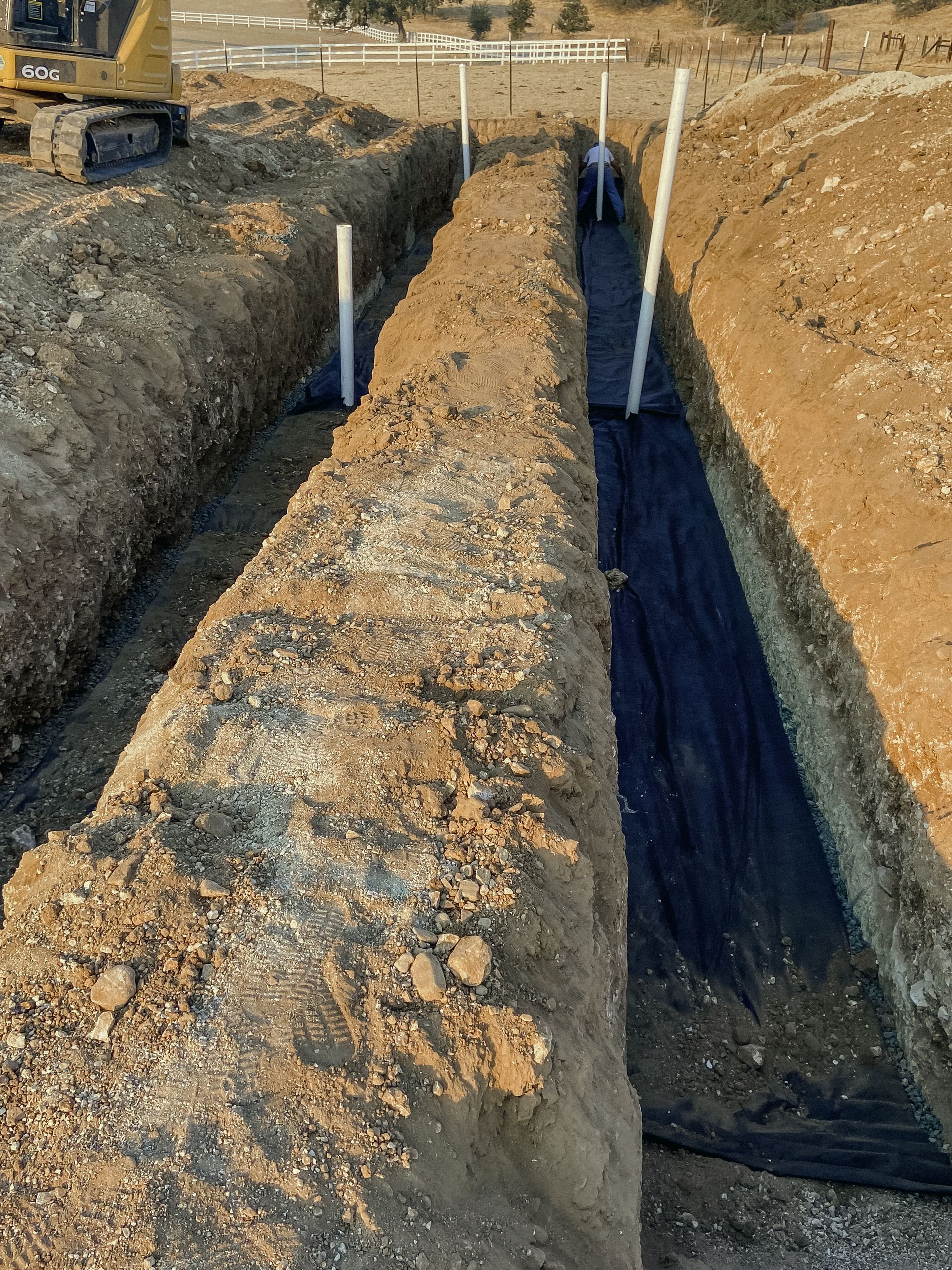Mastering the Art of Horizontal Directional Drilling: A Comprehensive Guide
The world beneath our feet is a complex and vital network of utilities, pipelines, and infrastructure. Installing and maintaining these critical systems often requires precision and finesse. Horizontal Directional Drilling (HDD) has emerged as a revolutionary trenchless technology that allows us to burrow beneath the earth's surface with remarkable accuracy. In this comprehensive guide, we will explore the world of HDD, its applications, techniques, and the essential considerations to master this art.
Chapter 1: Understanding Horizontal Directional Drilling
1.1 What Is HDD?
Horizontal Directional Drilling, often abbreviated as HDD, is a trenchless method used to install underground utilities, such as water, gas, electrical, or telecommunication lines, with minimal surface disruption. This technology has gained immense popularity due to its ability to navigate beneath obstacles like roads, rivers, and existing infrastructure.
1.2 The HDD Process
HDD involves a series of well-planned steps:
- Pilot Hole: The process begins by drilling a small-diameter pilot hole along the desired path.
- Reaming: Enlarging the pilot hole to create a borehole of sufficient diameter.
- Pullback: Pulling the utility lines through the borehole, simultaneously removing the drilling tools.
Chapter 2: Applications of Horizontal Directional Drilling
2.1 Telecommunications
HDD is widely employed in laying fiber optic cables, ensuring minimal disruption to existing infrastructure and reducing service downtime. This application is crucial for maintaining high-speed internet connectivity.
2.2 Utilities Installation
HDD is the preferred method for installing gas, water, and electrical lines. It allows for the installation of utility lines without digging trenches, preserving landscapes and minimizing environmental impact.
2.3 Environmental Benefits
HDD plays a significant role in minimizing environmental disruption. It prevents soil erosion, preserves habitats, and reduces the risk of contamination by preventing exposure of utilities to the surface.
Chapter 3: Key Components of HDD
3.1 Drilling Rig
The drilling rig is the heart of HDD operations. It includes:
- Drill Pipe: Hollow pipes used for the passage of drilling fluid and the drill head.
- Drill Head: The cutting tool that drills the pilot hole.
- Fluid Mixing System: A crucial part of the drilling process to lubricate and cool the drilling head.
3.2 Drill Fluid
Drilling fluid, often called drilling mud, serves various purposes in HDD, including stabilizing the borehole, carrying cuttings to the surface, and cooling the drill head.
3.3 Guidance System
GPS technology and electromagnetic locating systems help operators precisely control the direction and depth of the borehole.
Chapter 4: Techniques for Successful HDD
4.1 Steering the Drill
Proper steering is critical for HDD success. Operators use guidance tools and measurements to control the drill's direction and depth accurately.
4.2 Site Investigation
Thorough site investigation, including geotechnical assessments, is essential to plan the drilling path and assess any potential obstacles.
4.3 Pipe Selection
Choosing the right type of pipe is vital to ensure longevity and efficiency in the utility system. Factors like material and diameter are crucial considerations.
Chapter 5: Safety Measures in HDD
5.1 Preventing Utility Strikes
Utilizing advanced locating technology and maps of existing utilities is crucial to avoid striking or damaging existing underground infrastructure.
5.2 Protecting the Environment
Proper disposal of drilling fluids and adherence to environmental regulations are paramount to protect the environment.
Chapter 6: Challenges and Solutions
6.1 Rock Drilling
Drilling through rock presents unique challenges. Advanced drill heads and equipment are employed for such operations.
6.2 Fluid Management
Managing drilling fluids efficiently and disposing of them properly is essential to minimize environmental impact.
6.3 Steering Accuracy
Maintaining precise steering, especially during longer bores, can be challenging. Regular monitoring and course corrections are required to ensure accuracy.
Chapter 7: Case Studies
Several case studies will highlight successful HDD projects, showcasing the technology's real-world applications and outcomes.
Chapter 8: Future Trends
8.1 Automation
The integration of AI and automation will likely play a significant role in enhancing drilling precision and efficiency.
8.2 Environmental Sustainability
The HDD industry is continuously working to develop more eco-friendly drilling fluids and practices.
Chapter 9: Conclusion
Horizontal Directional Drilling has transformed the way we install and maintain essential utility lines. Its ability to minimize disruption to the environment and existing infrastructure is a testament to human ingenuity. As technology and techniques continue to advance, HDD will remain at the forefront of trenchless drilling methods. Mastering this art requires a deep understanding of the process, careful planning, and a commitment to safety and environmental responsibility. With these principles in mind, we can continue to harness the potential of HDD to build a more connected and sustainable world.
Horizontal Directional Drilling is more than just a technology; it's a method that reshapes the underground landscape while leaving the surface world largely undisturbed. This comprehensive guide has explored its various aspects, from its core principles and applications to the intricate techniques, equipment, and safety measures that make it a cutting-edge method in the construction and utility industries. As we look ahead to the future, the continued evolution of HDD will play a crucial role in shaping our world beneath the surface and the lasting impact it leaves on the environment.
